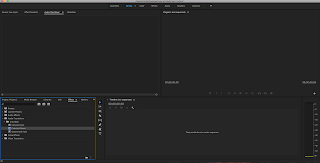Representation
Representation This image of black power is a milestone in the fight for equality because the winner of this olympic event is black, which was unusual in 1968. Bond 007 Villain The Bond villain is usually a spy Black clothes From a foreign country Black sports car First Black Actor Sidney Poitier was a Bahemian-American actor. He was the first black actor to win an Academy Award for Best Actor in 1964. Stepin Fetchit was the first black actor to have a successful film career. The struggle for black actors relates back to the time of slavery, according to a BBC News article . Sarah Jane Adventures - Representation This image shows that there is a balance of white and black actors in cast. The Doctor The Doctor travels around space and time, fixing problems and having adventures She wears smart clothes She is from the Planet Gallifrey but appears to be an English human She travels in her TARDIS



